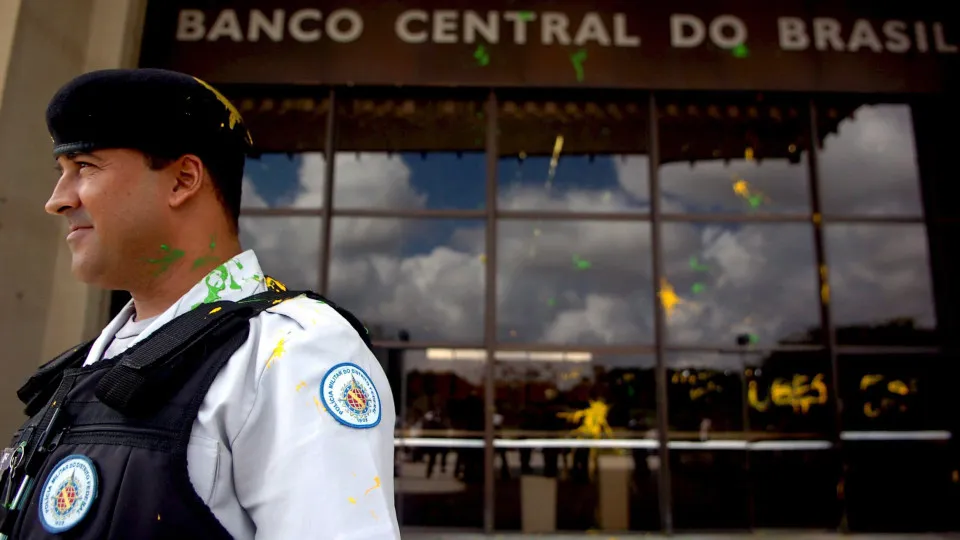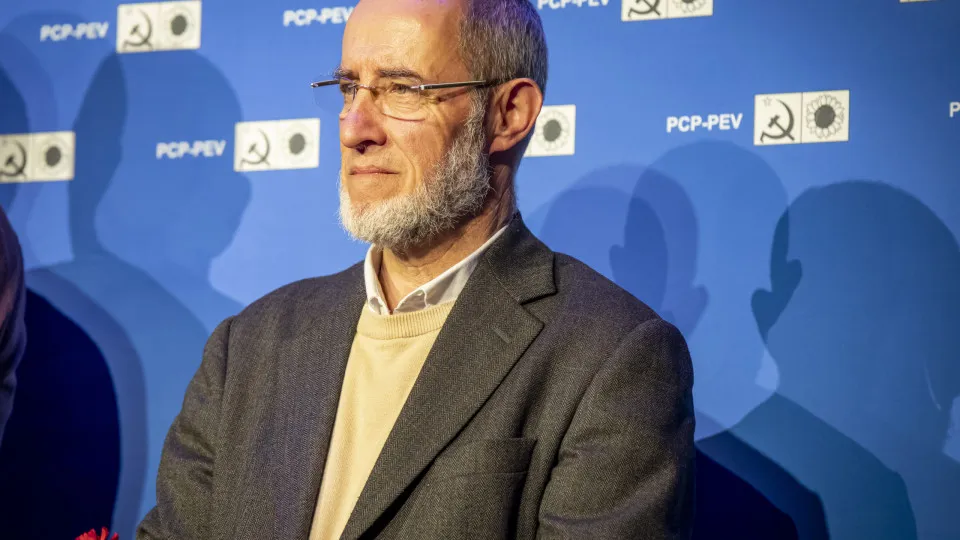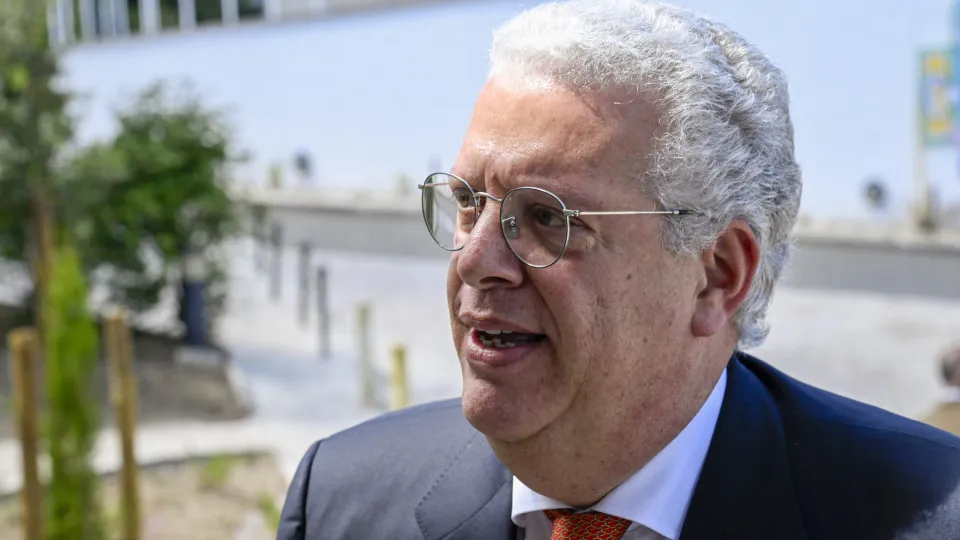
The decision was made in anticipation that inflation in 2025 and 2026 will again exceed the targets set by the Central Bank of Brazil.
This marks the second consecutive time the Monetary Policy Committee (Copom) of the Central Bank has opted to keep the benchmark rate unchanged, having maintained it at 15% in June after seven consecutive increases starting in September 2024, which raised the cost of borrowing in Brazil to its highest level since 2006.
The Central Bank explained in a statement that the decision to maintain a restrictive monetary policy was due to both forecasts that inflation will remain above target and the “uncertainty in the external environment due to economic policy conditions in the United States.”
The issuing body stated that the volatility caused by this uncertainty “demands particular caution from emerging countries in an environment marked by geopolitical tension.”
The institution also expressed concern over the effects of the additional 50% tariffs imposed by the United States on a substantial portion of Brazilian products and over the country’s fiscal situation, with a growing public deficit.
Therefore, it concluded, to ensure inflation converges to the planned target, a “significantly contractionary monetary policy for quite a prolonged period” is necessary.
Although inflation continued to decline in August, with the year-on-year rate at 5.13%, the lowest level in six months, it remains well above the Central Bank’s target, which forecasts a maximum variation of 4.50% by the end of 2025.
Market economists expect Brazil to end the year with an inflation rate of 4.83%.
Brazil, the largest economy in Latin America, grew by 3.4% in 2024, with the government’s latest forecast predicting a 2.3% growth for 2025.
However, according to the Central Bank, despite economic activity indicators showing “a certain moderation in growth, the labor market still reveals dynamism.”
The unemployment rate for the quarter ending in July was 5.6% of the active population, its lowest level since 2012.




